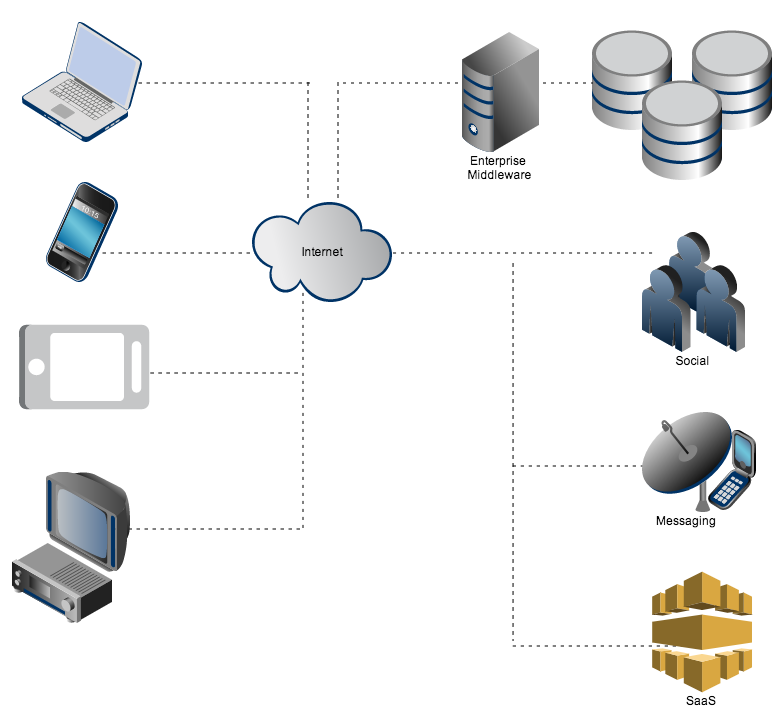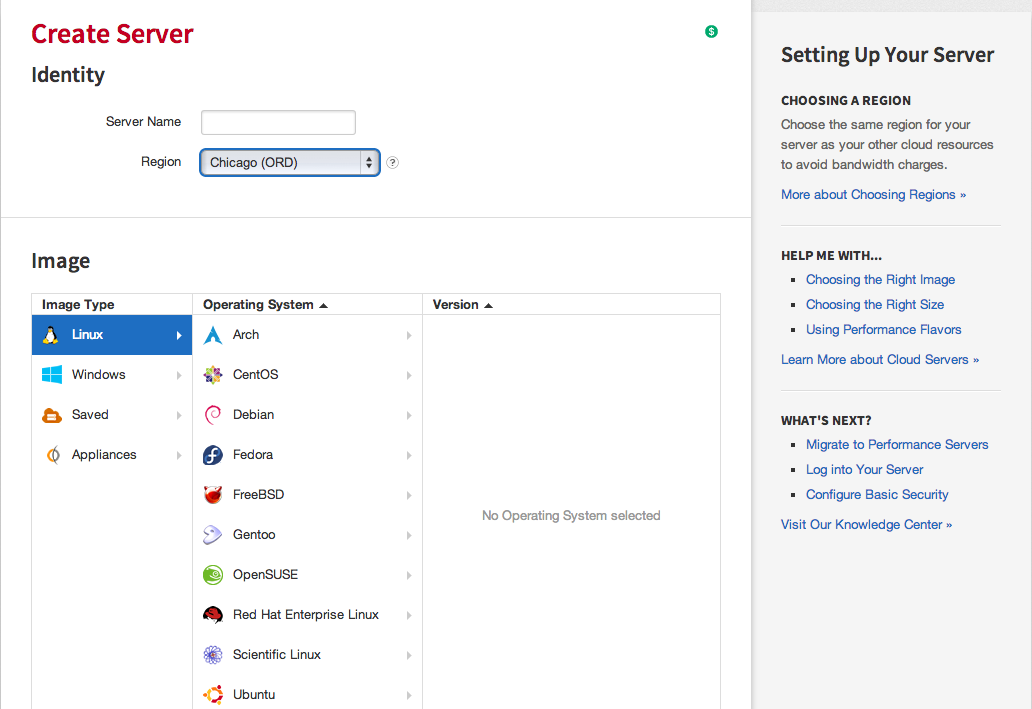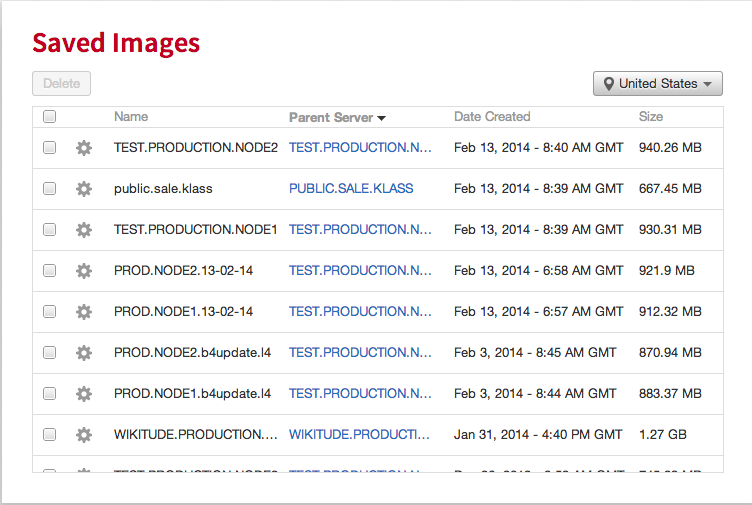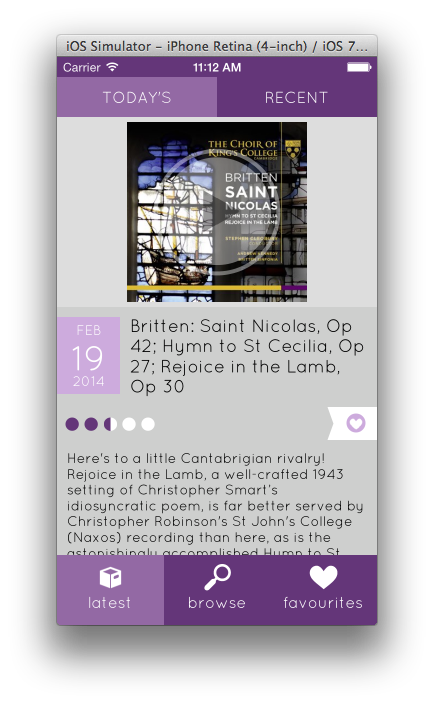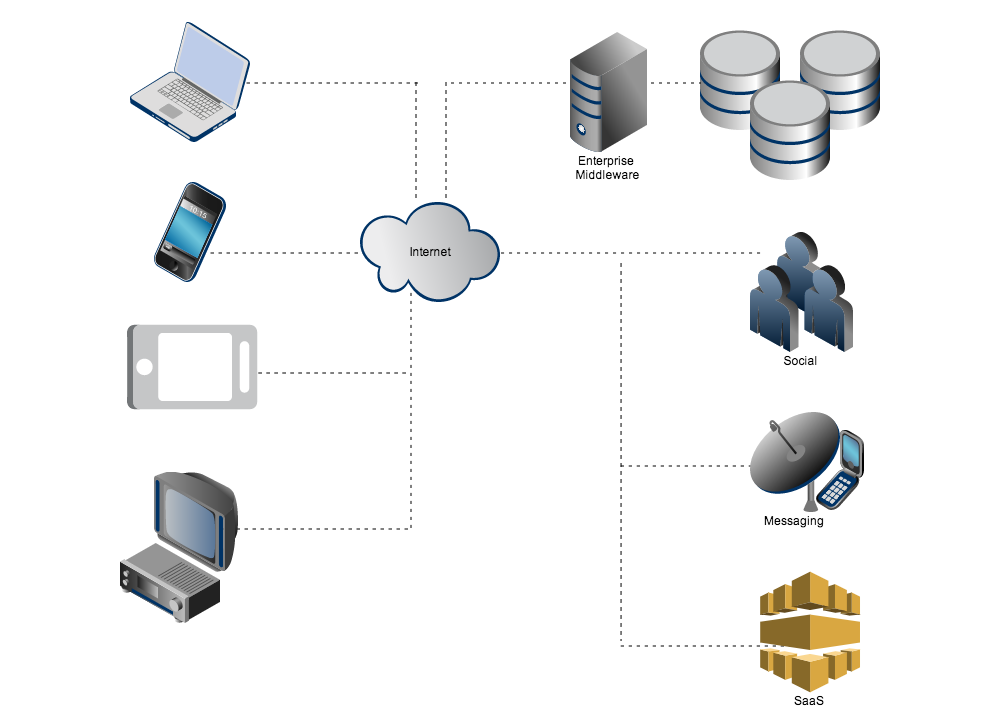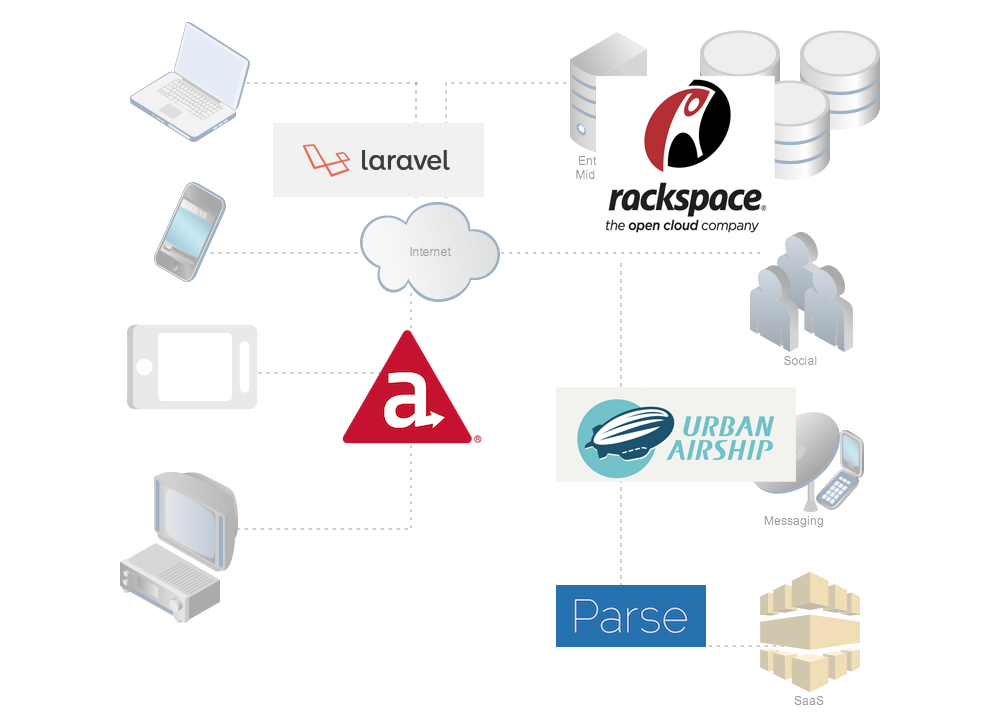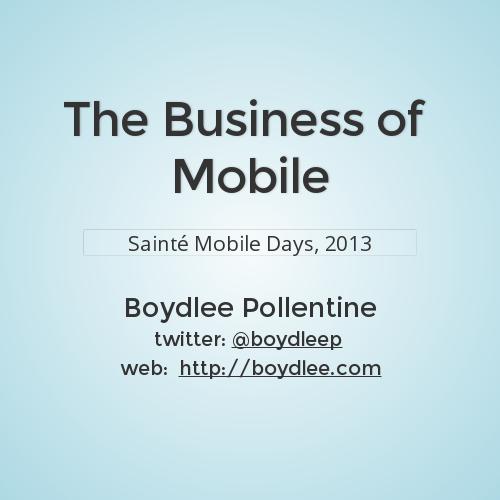Building Next-Gen Enterprise Mobile Applications
Boydlee Pollentine, Tipsy & Tumbler Ltd
w: tipsyandtumbler.co.uk
t: @boydleep
Who am I and what do I do?
Enterprise Apps -
The Old Way.
One-to-one connections,
Rich GUI environments,
Local networks.

Enterprise Apps -
The (not so) Old Way.
One-to-many connections,
Weak GUI (HTML),
Server-centric networks,
Global reach.

We are now moving to more
loosely defined systems,
cloud architectures,
and BYOD.
Mobility-First!
If you are not investing in mobile,
you are doomed to failure.
Some interesting facts...
Mobile phones are now more ubiquitous than indoor plumbing.

Apple's iPhone now has higher sales than
EVERYTHING
Microsoft has to offer.

There are over 5.6 billion mobile phone subscriptions world-wide.
That equates to
85%
of the entire human population.
It's easy to see why enterprises are being pushed into this new mobile-first world.
It's certainly not doom and gloom though.
Far from it!
The costs of running enterprise infrastructure are now lower than ever.
This is good news for software development companies, because the barriers of entry are now lower than ever before.
With Cloud technologies, MBaaS and cross platform tools, it's possible to compete with major players and still deliver the same, if not higher, quality of service.
How we do it at
Tipsy & Tumbler

Choosing the right
back-end solution.
MBaaS?
PaaS?
VPS?
Cloud?
Dedicated Hardware?
Is your solution an app?
Does it require a fully validated content entry system?
Do you want to ensure user scalability?
Are you OK with vendor tie-in?
MBaaS might be your answer.
What is MBaaS exactly?
Pre-built, cloud hosted components,
Allows the developer to focus on the software core features, instead of the lower level tasks,
Reduce the time and complexity to building cloud-connected mobile apps.
MBaaS Providers:
Kinvey
Parse.com
Appcelerator Cloud Services
FeedHenry
Strongloop "Loopback"
and many more appearing every day....
StackMob... RIP
Let's talk about

First of all, what's it cost?
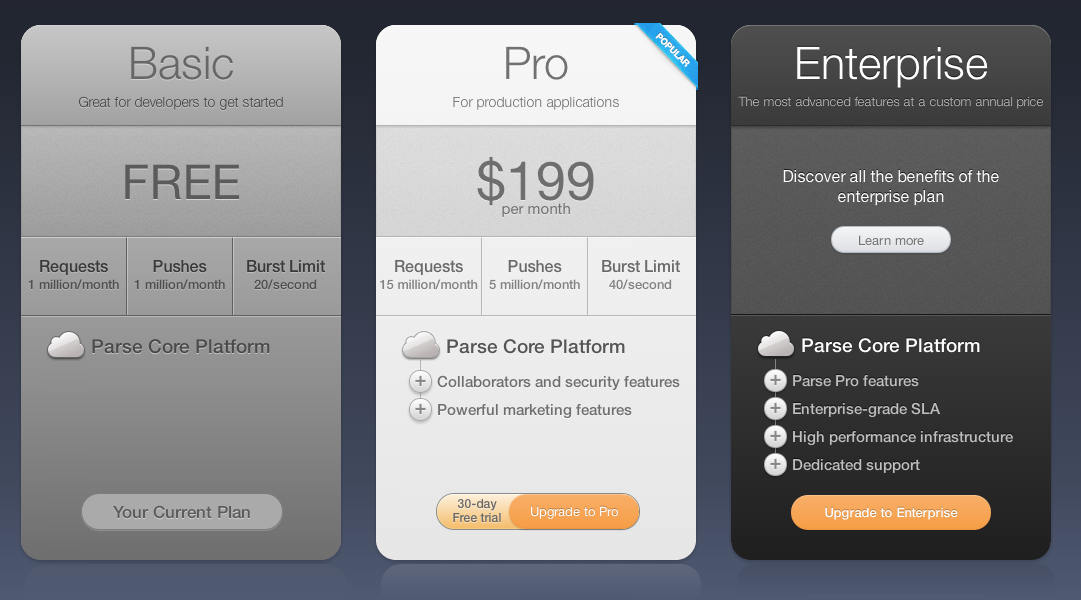
What's included?
Push notifications,
Web management tool,
Custom "class" management,
Cloud Code (Node.js),
User management & login,
1GB - 10GB file storage,
Background jobs,
Parse analytics
Data Management
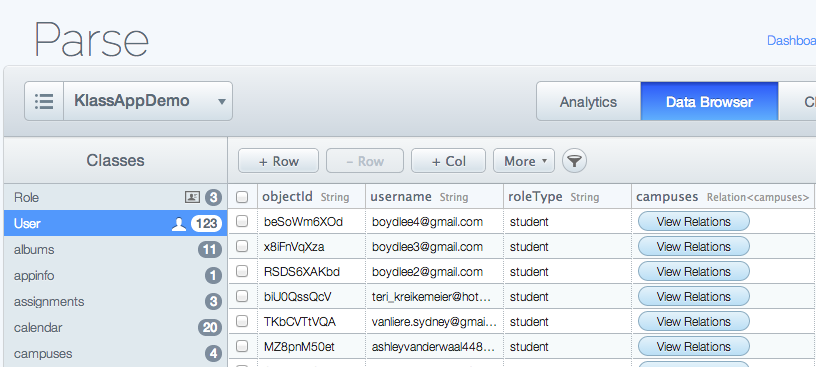
Enter in data just like you would an Excel spreadsheet,
Helpful import tools that use JSON data formats,
Create "pointers" and "relations" that mimic foreign keys in a RDMS.
Loads of SDK options whether you develop apps natively or cross platform,
A secure API for performing import tasks and other queries,
Scale up to higher plans as and when you need to.
The Downsides?
Less granular control.
Reporting and long running queries can be slow.
Data administration much slower than if your database was on a local server or network.
What about PaaS?
PaaS Providers:
Red Hat OpenShift
Fortrabbit
SalesForce
EngineYard
Appistry
AppScale
Windows Azure
Google
What is PaaS?
Platform as a Service.
Highly scalable,
More reliable and stable than shared hosting services,
Lower cost than VPS or dedicated hardware,
No need to run or manage server infrastructure,
Easier to move between PaaS vendors or to your own hardware/server infrastructure.
Just code, push (GIT) and deploy.
If you have a single software product
that requires high scalability and up-time,
but requires custom API's and regular changes,
PaaS could be right for you.
When do I need a VPS, Dedicated hardware or Cloud Server solution?
Guess how much this cost?

Primarily, if your software solution:
Needs fine, granular control over security and/or hardware resources.
Most common solutions are Cloud Servers.
Easily setup,
Easily managed,
Easily duplicated.
Most common providers?
Amazon (AWS)
Rackspace
CloudBees
EngineYard
many others...
Why Rackspace?
It's more expensive than Amazon,
but it is (in my opinion),
far easier to use.
Plus....
The Support.
Is.
Awesome.
Backup, restore, re-use.
Cloud Files.
Load Balancers.
Deployment Stacks.
Cloud Databases.
Message Queues.
Auto Scale.
Big Data.
Building Cross-Platform Mobile Apps with Appcelerator.
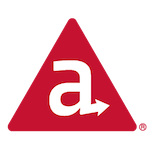
Why we use cross-platform tools?
Wider coverage than a single platform.
Train our developers in a single framework and language.
Native extensibility when required.
They are getting better all the time.
Time and money.
Gartner Magic Quadrant.
Ranks companies in their capabilities and vision.

Mobile completeness.
Push notifications (Urban Airship),
Beacons (Estimotes, Glimworm)
Internet of things (and stuff, eventually).
To summarise:
Find the technology stack that works for you,
Don't get left behind in an increasingly mobile-first world,
There has never been a more level playing field than there is today.
Scale as and when you need to, with the tools that you enjoy using. You don't need a lot of money to make a big impact.
Questions?

Mobile for the Enterprise - NorDevCon
By boydlee
Mobile for the Enterprise - NorDevCon
- 2,664
